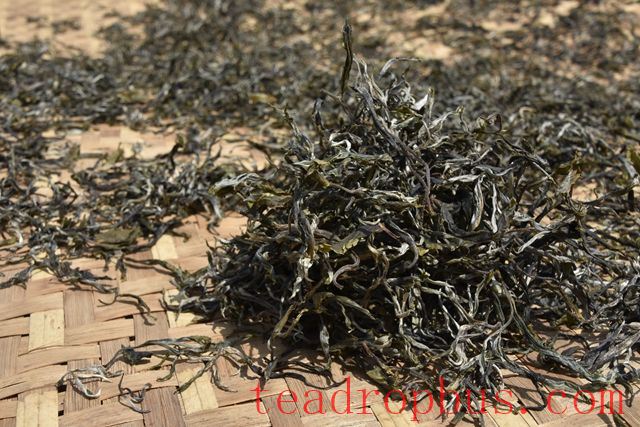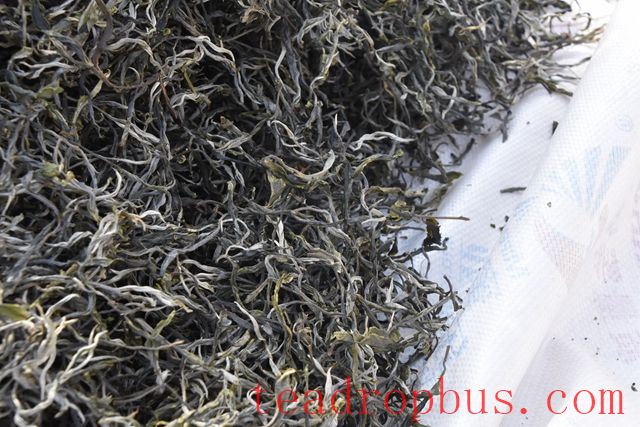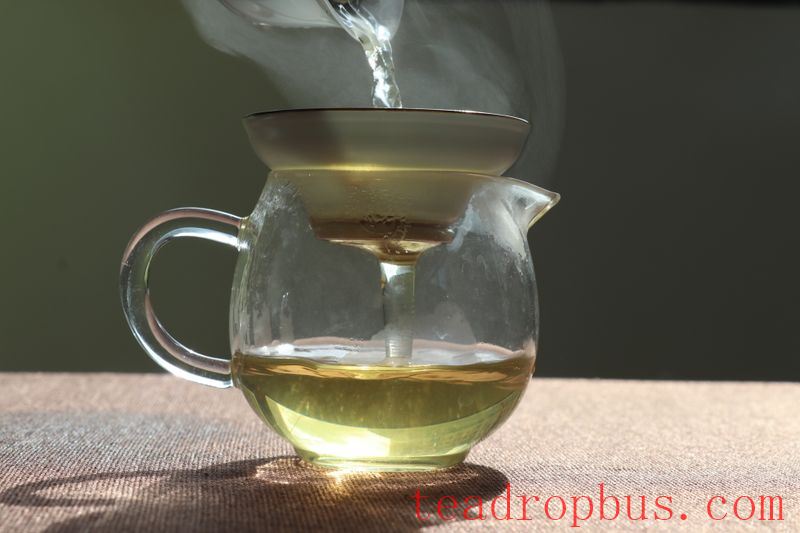When fresh Tea leaves are harvested and undergo the processes of blanching, kneading, and then naturally sun-dried on bamboo mats, they become sun-dried rough tea. This serves as the raw material for Puer tea and can be stored long-term.

Oven-dried rough tea is made by dehydrating fresh tea leaves using a dryer. The resulting tea has a higher aroma than sun-dried tea but has an expiry date and cannot be stored long-term. Strictly speaking, this type of raw material is not suitable for making Puer tea.
The Grading of Puer Tea
Puer tea can be graded into high, medium, and low categories. High-grade teas include: Golden Gourd Tribute Tea, Supreme Brick (Cake) Tea, Imperial, Gift Tea, and Special Grade; medium-grade teas include: Mature Cake, Green Cake, First to Third Grade Brick Tea, Tuocha, and First to Fifth Grade Loose Tea; low-grade teas are Sixth to Tenth Grade Loose Tea.

When picking tea leaves, both leaves and buds are collected. Generally, from the tip of the tea branch down to the third Leaf: one Bud and one leaf are picked together, one leaf and one bud are picked for two leaves and one bud, and two leaves and one bud are picked for three leaves and one bud.
During grading, higher grades have more buds, while lower grades have more leaves and stems.
Different grades of Puer tea offer different mouthfeel experiences. Higher grade teas tend to be delicate and smooth, gentle in nature, while lower grade teas often have a robust character, with a strong presence.
Secondly, due to the characteristic that Puer tea improves with age, older, lower grade teas are often more flavorful and valuable than newer, higher grade teas.

In terms of Health benefits, if the tea comes from the same type of tree, such as a tree tea, the primary difference is in taste, as the composition and content of active ingredients are largely the same, resulting in similar health benefits.
Different grades do not significantly affect the health benefits, but they do impact the taste when drinking the tea.